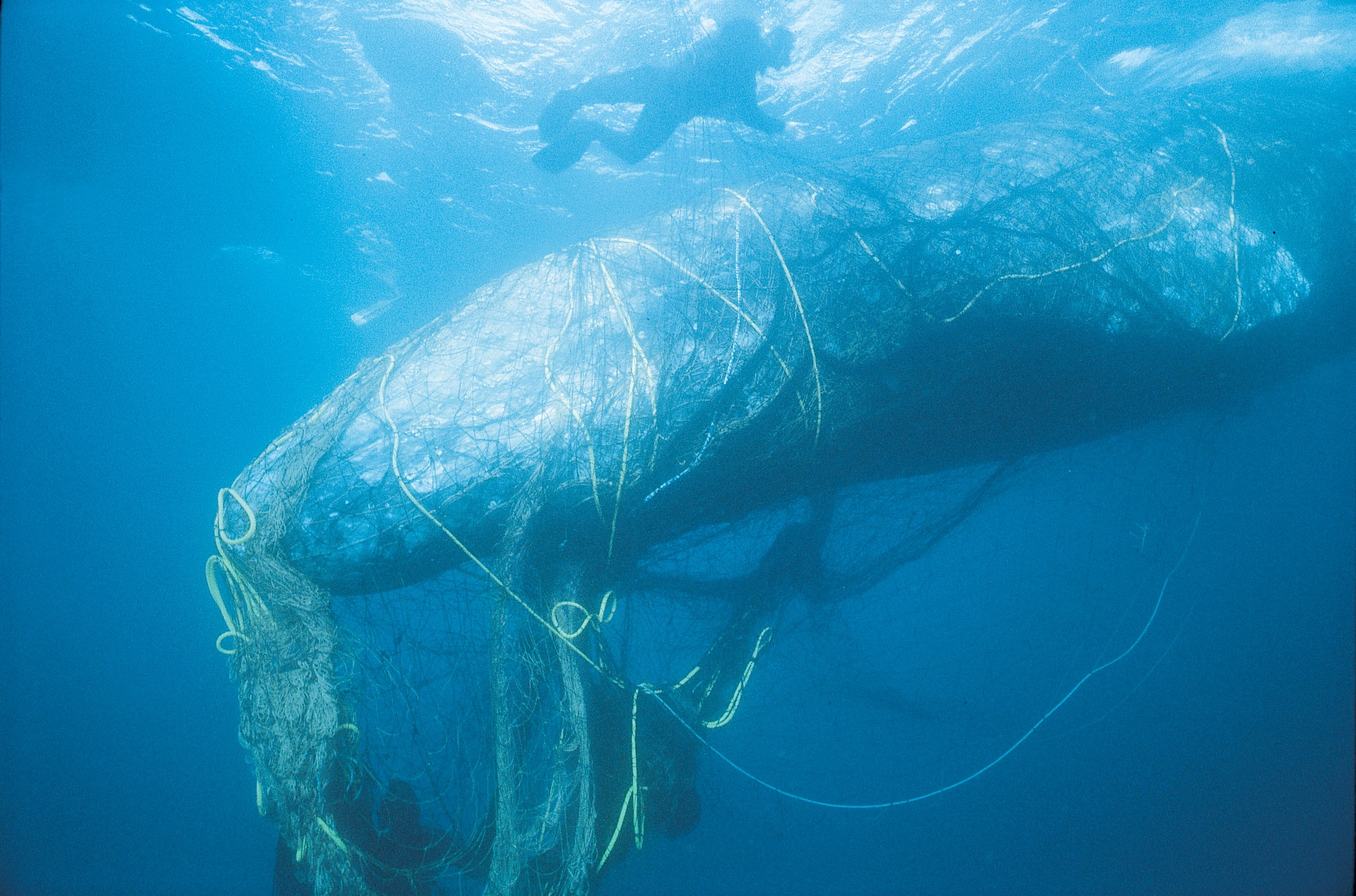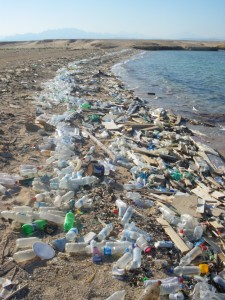The shocking impacts of plastic pollution in our oceans



Gray whale entangled in netting (c) BobTalbot, via Monofilament Recovery & Recycling Program
.We live in an increasingly throw-away society, but what are the true environmental costs of our perfectly packaged products?

Plastic debris on the beach at Sharm el Naga, Red Sea, Egypt by Vberger
Since plastic production began in the 1950s, plastic debris has been accumulating in our marine environment. In just one week, from bottled water alone, the US produces enough discarded bottles to circle the planet five times. Such statistics shock and overwhelm me, that this represents the waste from just one product, from only five per cent of the world’s population!
So what are the impacts on marine wildlife? Last week, I attended an International Whaling Commission (IWC) meeting to discuss the effects of marine debris on cetaceans (whales, dolphins and porpoises). A global intergovernmental body charged with the conservation of whales and the management of whaling, the IWC is increasingly undertaking vital work to examine the growing environmental threats to cetaceans.
This is not straightforward; with impacts occurring unobserved at sea, it is difficult to determine just how many animals are suffering and dying undetected. It is undoubtedly a welfare concern; we heard how whales entangled in derelict fishing gear can endure a slow, painful progression to death over months to years. And in the dolphins that strand on our beaches, in some areas more than 70 per cent have been found to have ingested debris.
The problem was highlighted horrifically last year when an emaciated sperm whale stranded on the Mediterranean coast was found to have ingested 26 plastic items, weighing more the 8.1kg, and covering an area of 29.9 m2.
Meanwhile, there is growing concern about the threat of microplastics. From the exfoliation beads in our face scrubs to fibres from our laundry, these tiny plastic particles are now known to be ingested by animals throughout the marine food chain, carrying with them a number of pollutants. In the large baleen whales, which filter huge quantities of seawater, the potential for them to accumulate high loads of pollutants is particularly high.
Of course, cetaceans aren’t the only wildlife affected – 633 marine species are now known to be impacted. The haunting film Midway, by Chris Jordan, really brought the problem home to me – even thousands of miles from human habitation, on remote islands in the Pacific, thousands of albatross chicks are starving because the parents mistake floating plastic debris for food.
What would happen if we could see these interactions occurring? Out of our sight, it’s easy for such problems to be neglected. But imagine if this problem occurred on land and we could see dolphins choking on our plastics and whales entangled, dragging abandoned nets for months to years before dying. Would we let it continue?
Across the globe, we need more political action to reduce waste streams and ensure they are properly processed. But this is one arena where we can all make a difference. By ensuring we reduce, reuse and recycle, by choosing items without plastic packaging and by disposing of waste properly, we can all help prevent debris ending up in our seas.
It may seem that you’ll be one in a million, but by not taking that plastic bag at the supermarket you are making a vital contribution.